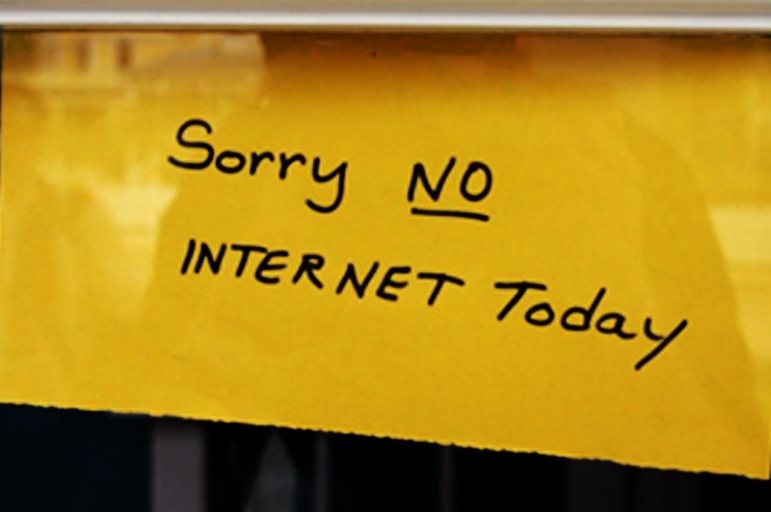
February 22, 2016; New York Times
As public schools shift more towards using technology for the completion of homework assignments, there is concern that a phenomenon called the “homework gap” will only become wider. The “homework gap” affects school-age students, largely from low-income families, who do not have access to high-speed Internet at home. According to a Pew Research Center survey, it is estimated that about 5 million homes with school-age children living in it do not have high-speed Internet. Students who live in a home without Internet access are more likely to fall behind in schoolwork, as reported in The Atlantic. They may not be able to turn in assignments through a required online portal, use the Internet to research an assignment, or collaborate outside of classroom hours with other students on a group project. Not having the ability to complete assignments online, outside of regular school hours, may cause some students to receive less than full credit.
Sign up for our free newsletters
Subscribe to NPQ's newsletters to have our top stories delivered directly to your inbox.
By signing up, you agree to our privacy policy and terms of use, and to receive messages from NPQ and our partners.
However, there are two possible solutions on the horizon to help combat the homework gap issue. First, there’s the proposed expansion of the Federal Communications Commission (FCC) Lifeline program. Established in 1985 to provide local phone service to low-income citizens, the program has evolved as new communication technologies have emerged. The most recent program expansion was the “Obama Phone” program. That program provides a cell phone to people who are also utilizing other government assistance programs such as the National School Lunch Program or Medicaid. The FCC is now considering adding household broadband accessibility to the Lifeline program as way to help close the homework gap.
Another solution is the Digital Learning Act of 2015. Proposed last September, the Digital Learning Act is focused more on providing grants to state agencies and community organizations to tackle the lack of broadband Internet access outside of school walls. At least a third of the grants in the proposed legislation have been earmarked for rural areas of the country. Whereas, in urban communities, students are able to access wireless Internet in fast-food restaurants and public libraries, students in rural communities may not be able to find free wireless Internet access as easily. That could be especially challenging, as some rural school districts are not even able to offer in-school Internet. This puts students in rural areas at greater risk for digital illiteracy. This can carry the repercussions of the digital divide with them as they enter the job market.
Some communities have put local solutions in place. The Coachella Valley Unified School District equipped its fleet of school buses with wireless routers, allowing students to access the Internet on their bus ride to and from school. Other students ask to complete assignments at a friend’s home, which has Internet access. And nonprofit organizations such as Everyone On are working to provide Internet access to low-income households in places like Charlotte, North Carolina. Until in-home broadband Internet access becomes universally available, some low-income students will have to continue to rely on these types of resources to use the Internet.—Kelley Malcolm













